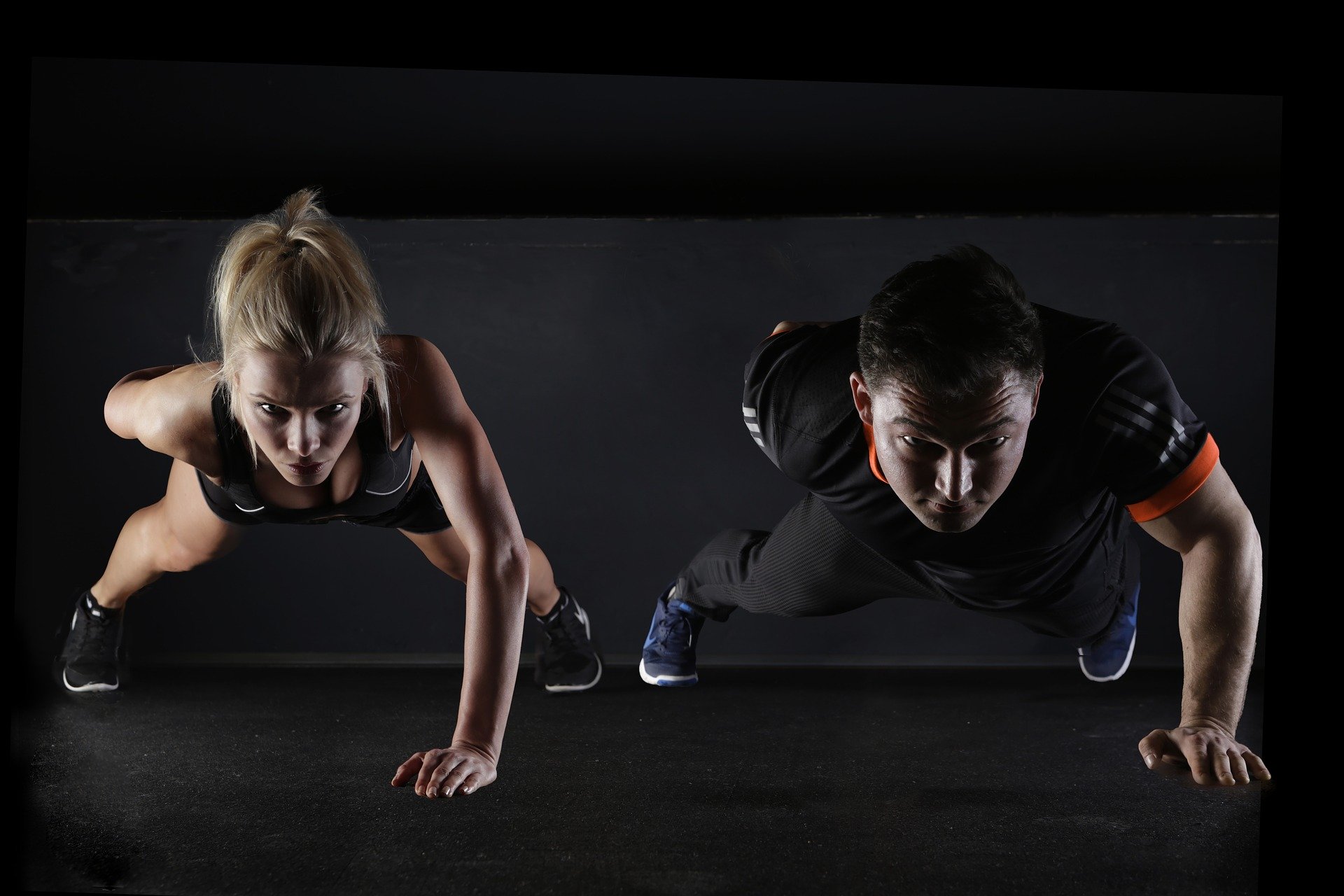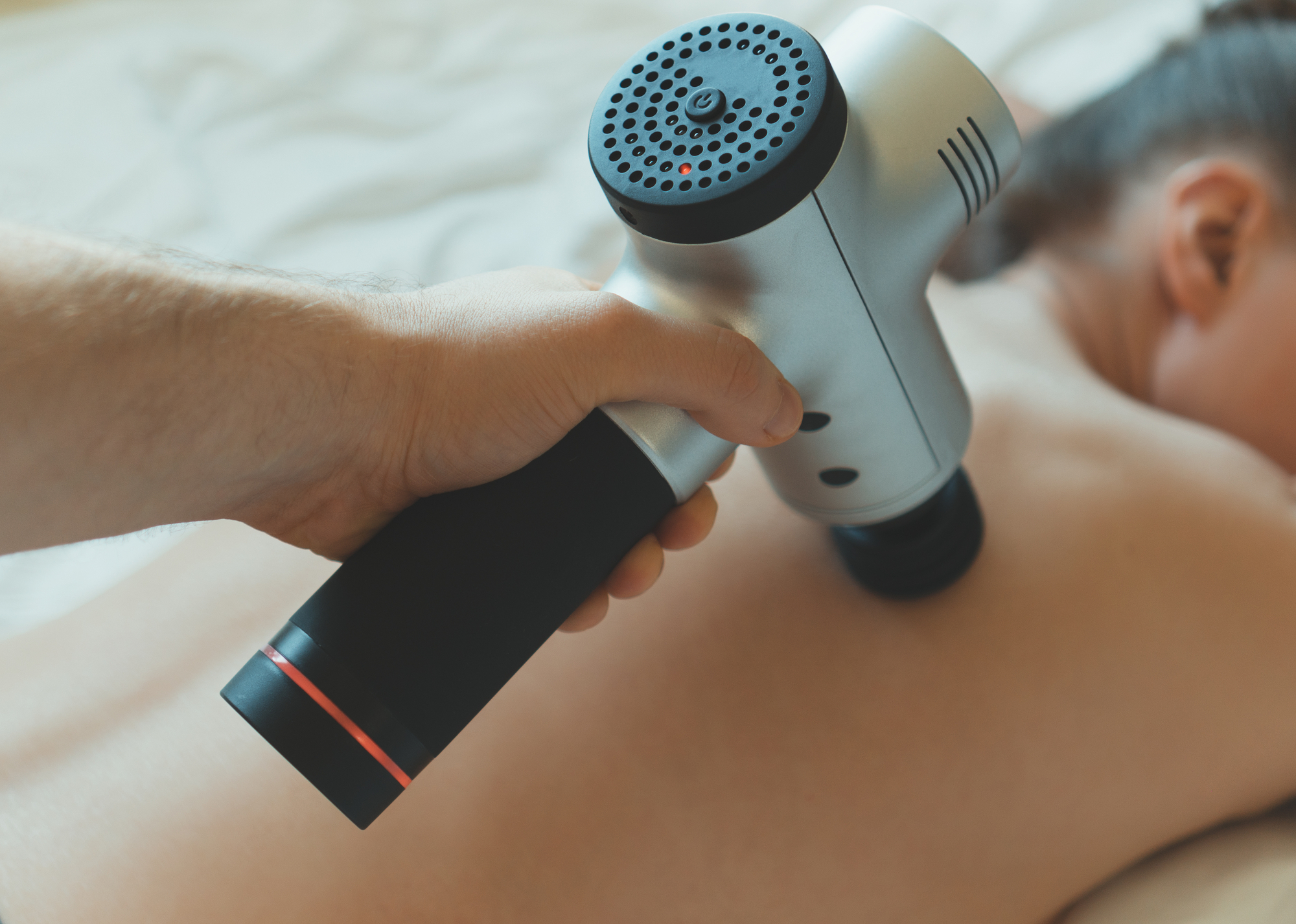In light of the ongoing pandemic, state high school sports organizations continue to monitor and update plans heading into the 2020-21 academic/athletic year. After most states canceled basketball championships and spring seasons in March, the focus of summer conditioning and an on-time fall start continues to be a fluid and sometimes divisive issue. Nearly all want high school sports to return, but the question for state organizations and administrators remains how to move forward safely.
Some states plan to move forward as scheduled while others have already modified plans, including shifting the entire fall season to 2021. The National Federation of State High School Associations (NFHS) has released guidance for its 51-member state high school associations to consider in re-opening high school athletics and other activity programs across the nation.
The guidance document was developed by the NFHS Sports Medicine Advisory Committee (SMAC), a 15-member advisory committee composed of medical doctors, certified athletic trainers, high school coaches and officials, research specialists and state high school association executives that regularly develops position statements related to medical aspects of conducting high school athletics.
In sharing this guidance document with state high school associations leaders in May, Michael Koester, M.D., chair of the NFHS SMAC, stressed that the guidance developed by the committee is intended as ideas for state associations to consider with their respective sports medicine committees and state health departments in designing return-to-activity plans that will be in accordance with state or local restrictions.
Similar to the manner in which different parts of the country have re-opened ahead of others due to containment levels of the virus, the guidance document was developed with the realization that there likely will be variation in what sports and activities are allowed to be played and held from one part of the country to another.
Along those same lines, the NFHS guidance document describes a staged approach to re-opening high school sports and other activities, similar to the phases of “opening up” outlined by the White House last month. The committee suggests that state high school associations consult with their state and local health departments for determining the appropriate dates for implementing a phased-in approach within their respective states.
The release separates sports into three risk categories, with football, wrestling, boys lacrosse, competitive cheer and dance considered the “higher-risk” sports that will be most restricted by the guidelines set forth during the three-part phase-in.
Baseball, softball, volleyball, tennis and gymnastics, as well as the pole vault, high jump and long jump events under the track-and-field umbrella, are considered moderate risk but could be classified as “low risk” if the equipment is appropriately cleaned and participants use masks.
The low-risk group includes individual running and throwing events in track and field, cross country running (with staggered starts), golf, individual swimming, weightlifting, sideline cheer, alpine skiing and single sculling.
Each of the three phases of the plan requires thorough cleaning of equipment, an abundance of hand-sanitizer, no sharing of water bottles, showering at home and social distancing that follows the guidelines of the CDC and バカラ 勝ち 方 health department of the state in question. Here you can learn how to find the cheapest carpet cleaner in Dublin.
Both of the first two phases would require screenings before each practice that includes temperature checks, the results of which are to be recorded daily. Players and coaches considered to be “vulnerable individuals” are not to participate during the first two phases of the plan. Check εταιριεσ στοιχηματοσ.
One company helping with the screening process is DrOwl. The DrOwl platform you can:
- Create customizable screening questions
- Have employees, students, and visitors electronically check-in
- View and access real time activity logs
- Download reports on-demand
“My entire club would not be practicing if it weren’t for DrOwl. From before the time the Coronavirus made us shut our doors to now, we have always put the safety of our athletes and staff first. After reopening, we implemented COVID-safe practices, beginning with our screening through DrOwl. DrOwl not only fits our requirements but exceeds them, making the screening process quick and easy for us. Knowing that we’re giving our athletes and staff the best chance of staying healthy, while keeping our teams and facility going, makes all the difference in the world to these athletes and their families,” said volleyball coach Christina Norton, who has already been using DrOwl.
“We believe this guidance document will be a tremendous resource for our member state associations as they determine the timetables for re-opening sports and activities,” said Dr. Karissa Niehoff, NFHS executive director. “The NFHS Sports Medicine Advisory Committee utilized recommendations from the Centers for Disease Control and Prevention (CDC), as well as some return-to-play considerations by the United States Olympic & Paralympic Committee (USOPC), in formulating this guidance document for re-opening athletics and other activities in our nation’s schools.”
The NFHS guidance document also addresses a possible progression for returning to activities, hygiene practices, transportation to and from events, social-distancing suggestions during contests and a tiered approach to who should be allowed to attend events.



